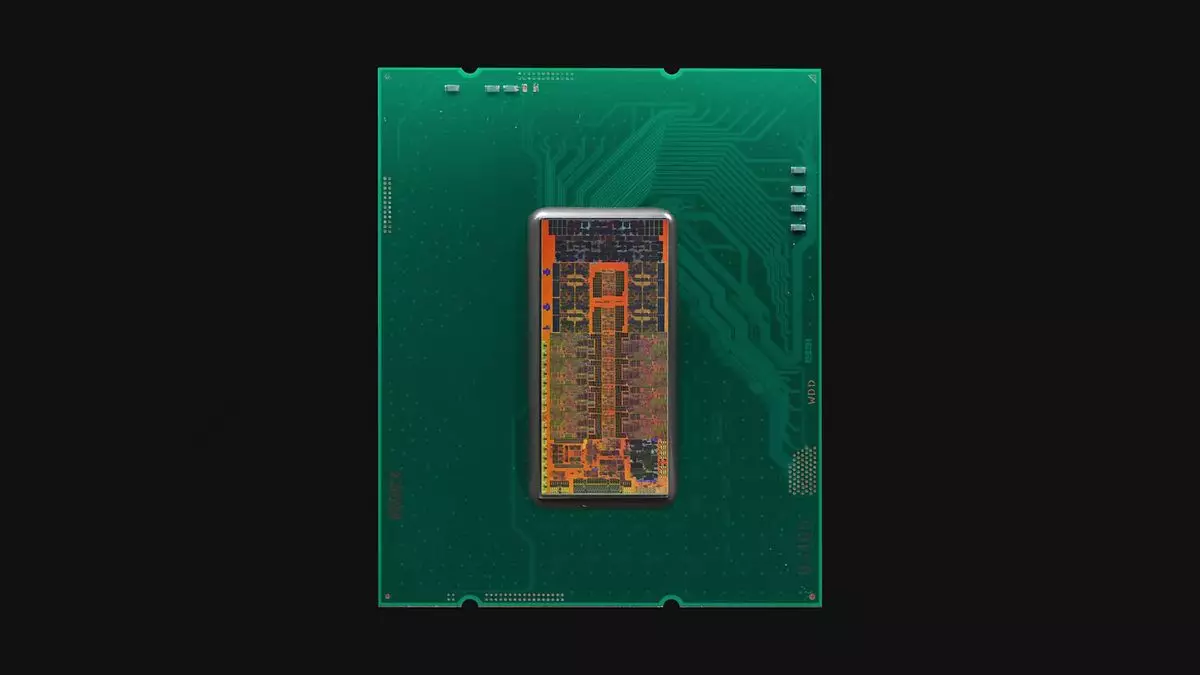Intel’s latest announcements regarding their CPU roadmap have stirred significant interest among tech enthusiasts and industry analysts. During a recent earnings call, Michelle Holthaus, interim co-CEO of Intel, provided insights suggesting that a new desktop CPU will not be launched until 2026. While this timeline is somewhat expected given the typical technology cycles, it raises questions about Intel’s competitive position in the rapidly evolving processor market.
The upcoming architecture, Nova Lake, is positioned as the successor to the current Arrow Lake chips. Despite the seemingly long wait, this could actually serve Intel’s strategic interests. After all, Arrow Lake was only recently introduced, and refreshing its lineup too soon can lead to market confusion or oversaturation. However, there’s an underlying urgency for Intel to innovate more rapidly, especially when compared to competitors like AMD.
The competitive landscape of desktop CPUs is fierce, and Intel must navigate these challenges with agility. Following the release of Meteor Lake laptop chips, which are criticized for not performing up to expectations, Intel understands the importance of making Nova Lake a flagship product. Historically, the company has relied on the introduction of new architectures to regain market share. Recent launches by AMD have shown impressive performance metrics, prompting Intel to accelerate its development schedules.
There’s speculation that, despite the 2026 launch date, Intel may look to expedite the release of certain models of Nova Lake. This urgency is fueled by the fact that their latest chips are primarily manufactured using TSMC’s silicon, which Intel has publicly stated impacts profit margins negatively. The reliance on external fabrication has been a double-edged sword, as it allows for advanced technology but erodes control over production cost and volume.
A significant point of discussion is the manufacturing capabilities associated with Nova Lake, particularly the anticipated use of Intel’s new ultra-advanced 18A node technology. Holthaus confirmed that while some models will utilize Intel’s in-house foundry services for this process, the overall pace of ramping up new node technologies has been sluggish. Only a modest percentage of chips were produced using the latest Intel 4/3 nodes, illustrating a bottleneck that could hinder the volume and speed at which Nova Lake CPUs could be made available.
The integration of new manufacturing technologies takes considerable investment and time. As such, Intel’s ability to deliver cutting-edge products is called into question. Their previous decision to backtrack or cancel an Arrow Lake Refresh suggests a hesitation to invest further in older architectures that cannot compete effectively with newer lines.
With Nova Lake on the horizon, industry experts are left to ponder whether it will indeed be the game-changer Intel hopes for. As technology evolves, the expectations of consumers and businesses continue to rise, demanding not just incremental improvements but substantial advancements over existing technologies. Intel has a critical window to redefine its position; if Nova Lake does not meet these expectations or fails to significantly outpace competitors like AMD’s Ryzen series, Intel risks losing further market relevance.
The company’s focus on innovation and market responsiveness will be essential over the coming years. As they prepare for the launch of Nova Lake, simultaneous efforts must be made to ensure that whatever is ultimately delivered to consumers resonates with their needs and stands up to real-world scrutiny. The stakes are high, and Intel’s next moves will be key to its recovery and future success in the ever-competitive CPU landscape.
While 2026 may seem distant, the preparations for that pivotal year have already begun. For Intel, the challenge will not just be in releasing the product but ensuring that it revitalizes the brand and secures a strong footing against its rivals, fostering renewed confidence among users and investors alike.

